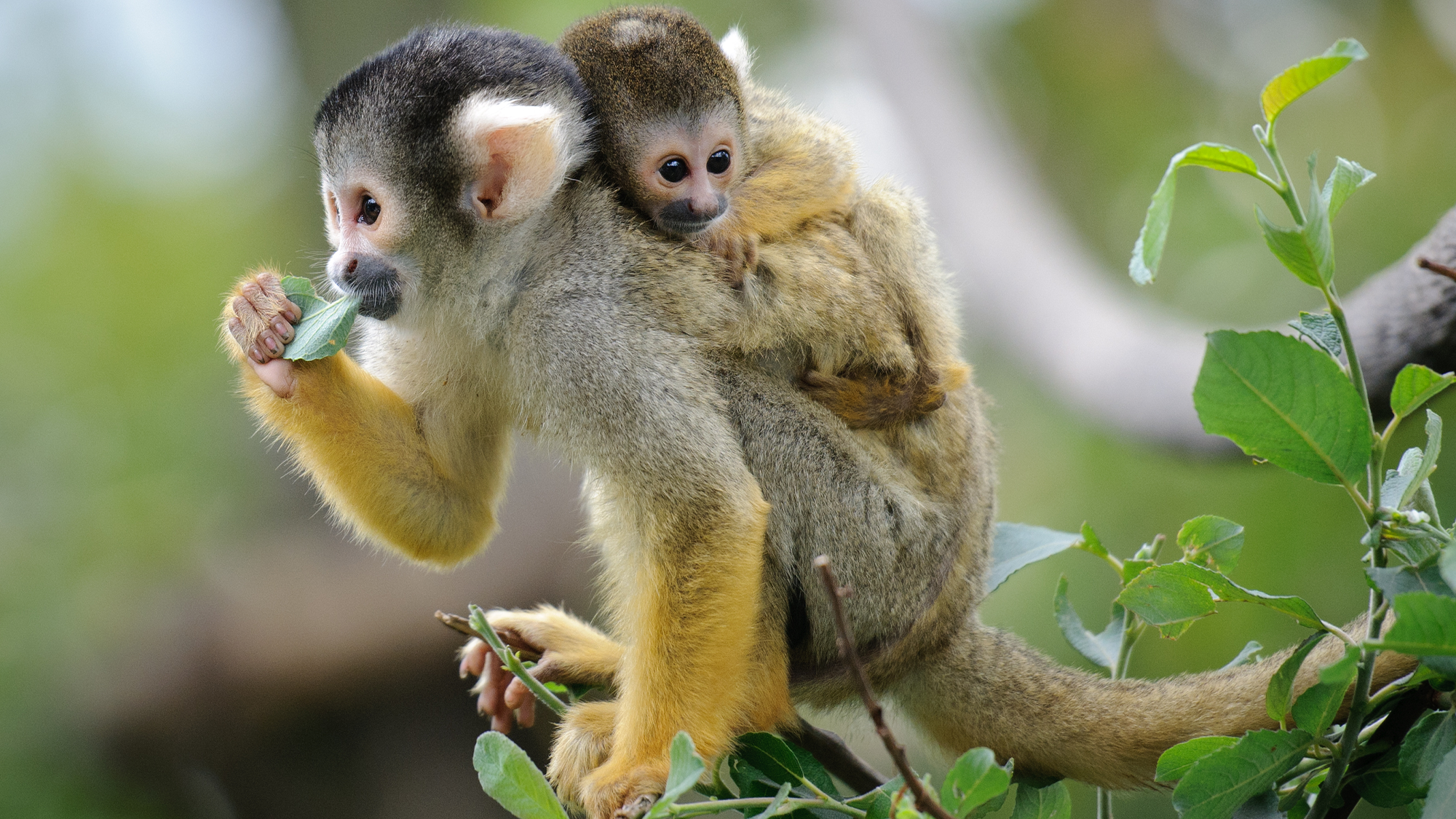

While humans and dinosaurs only co-existed in cartoons like The Flintstones, some of our very early ancestors potentially shared a brief moment with the likes of the Titanosaurs and the iconic Triceratops. These distant relatives also survived the catastrophic extinction event that was triggered by the asteroid that hit the Earth and wiped out non-avian dinosaurs, according to a study published June 27 in the journal Current Biology.
[Related: The fiery end of the dinosaurs kicked off the golden age of mammals.]
The study revealed that a Cretaceous origin for placental mammals, the diverse group that includes humans, dogs, and bats, briefly co-existed with dinosaurs before the dinosaurs went extinct. Placental mammals all bear live young that are nourished via an organ called the placenta in-utero.
On a spring day 66 million years ago, an asteroid struck the Earth near Mexico’s Yucatán Peninsula. The devastation in its wake wiped out all of the non-avian dinosaurs and many mammals, such as a rodent-looking animal named Vintana sertichi that weighed up to 20 pounds and lived on Madagascar. Scientists have long debated if placental mammals were present with the dinosaurs before the Cretaceous-Paleogene (K-Pg) mass extinction, or if they only evolved after the dinosaurs died out.
According to the team, the fossilized remains of placental mammals have only been found in rocks that are younger than 66 million years old. But molecular data has suggested an older origin for placental mammals.
In this new study, a team of paleobiologists used statistical analysis of the fossil record to determine if placental mammals originated before this mass extinction event. They collected fossil data from placental mammal groups all the way back to 66 million years ago.
“We pulled together thousands of fossils of placental mammals and were able to see the patterns of origination and extinction of the different groups. Based on this, we could estimate when placental mammals evolved,” study co-author and University of Bristol paleobiologist Emily Carlisle said in a statement.
Their model estimates the origin of the ages based on when these mammal lineages first appear, and estimates extinction ages based on when the group goes extinct, according to the authors.
[Related: Mammals’ ears may hold the secret to warm-bloodedness.]
They showed that the groups that include primates, rabbits and hares (Lagomorpha), and dogs and cats (Carnivora) evolved just before the K-Pg mass extinction. This means their ancestors were mingling with dinosaurs. It was really only after the asteroid impact that the modern lines of today’s placental mammals started to take shape. As with other mammals, they likely began to diversify once the dinosaurs were out of the picture.
These early mammals certainly did thrive. A group of cat-sized mammals called condylarths, which includes the ancestors of today’s hooved animals, lived roughly within the first 328,000 years after the dinosaurs disappeared. Mammals also began to grow significantly since they had less competition for resources. One of the biggest winners among these mammals were Brontotheres or “thunder beasts,” which grew from 40 pound animals roughly the size of coyotes to 2,000 pound goliaths.
